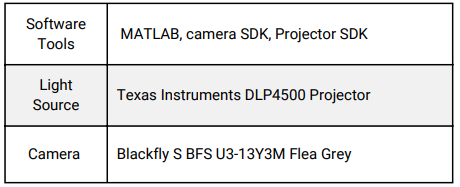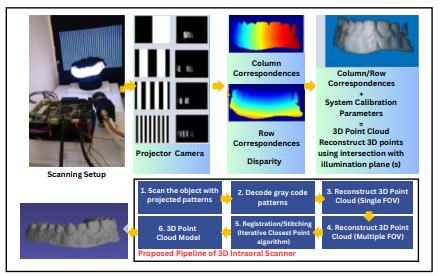- About Us
- Offerings
Services
PRODUCT ENGINEERING
- Engagement Model
- Industries We Serve
HOME/Dental Scanner

CHALLENGES :
CLIENT BENEFITS :
TOOLS & TECHNOLOGY :


PROBLEM STATEMENT :
Build a 3D Intraoral scanner which is used for scanning the dental jaw.
Copyright © 2024 Acclivis Technologies Pvt Ltd.All rights reserved